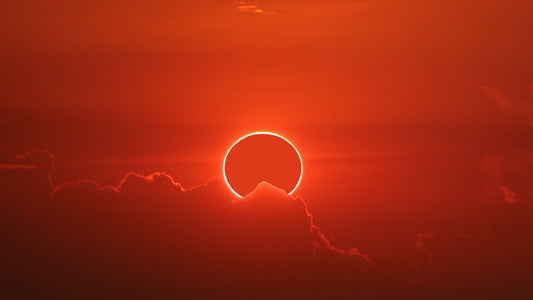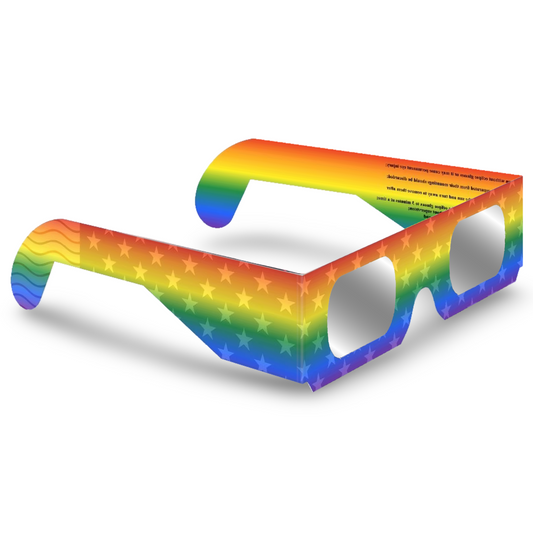Solar Eclipse Types: Total, Partial, and Annular
A solar eclipse occurs when the moon passes between the sun and the Earth, blocking the sun's light and casting a shadow on the Earth. There are three main types of solar eclipses: total, partial, and annular. Each type offers its own set of spectacle and science for eager eclipse enthusiasts.
Total Solar Eclipses
The most dramatic and awe-inspiring type of solar eclipse is a total eclipse. This occurs when the moon completely obscures the sun's bright disk in the sky, revealing the ethereal outer atmosphere of the sun, the corona.
During a total solar eclipse, the disk of the moon fully covers the disk of the sun for a few brief minutes. A small part of the sun often remains visible, creating a spectacular "diamond ring" effect just before and after totality. When totality occurs, the sky darkens, temperatures drop, and stars and planets become visible. A total eclipse is a profoundly moving sight.
Total solar eclipses occur about every 18 months somewhere on Earth, when the moon's orbit aligns it perfectly with the sun relative to viewers on the ground. But they are visible from any given location only a few times per century. For this reason, eclipse chasers will travel around the world to witness totality. The path of totality for a total eclipse is typically just a thin ribbon on the Earth's surface, only about 100 miles wide.
Some of the most famous and well-studied total solar eclipses include the 1919 eclipse during which Einstein's theory of general relativity was confirmed, the 1991 eclipse visible from Hawaii and Mexico, and the 2017 "Great American Eclipse" that crossed the continental United States. The next total solar eclipses will occur in 2023 and 2024.
Partial Solar Eclipses
A partial solar eclipse occurs when the moon obscures only part of the sun's disk in the sky. During a partial eclipse, it still appears daytime, but a chunk of the sun seems to be missing. The sun may look like a crescent shape during the eclipse's peak.
Partial solar eclipses are visible over a much larger area of the Earth than total eclipses. Regions inside the path of totality will see a partial eclipse before and after the total phase. But locations many thousands of miles outside the path of totality may also see a partial eclipse.
Unlike total solar eclipses which occur about every 18 months, partial solar eclipses happen roughly every year somewhere on Earth. Notable partial eclipses include the eclipses of July 2000, August 2017, July 2018, and June 2020. Many of these were visible from highly populated areas.
Partial solar eclipses are still intriguing events and offer scientists opportunities to study the sun's atmosphere. But they lack the dramatic plunging of daylight into darkness that makes total solar eclipses so memorable.
Annular Solar Eclipses
An annular eclipse is similar to a total eclipse in that the moon passes centrally in front of the sun. However, the moon is too far away in its elliptical orbit to completely cover the sun's disk in the sky. This results in a "ring of fire" effect, as the outer rim of the sun remains visible around the black disk of the moon. This glowing rim or "annulus" gives this phenomenon the name "annular eclipse."
During an annular eclipse, the sky darkens, but day never turns fully into night like during a total eclipse. Annular eclipses also tend to be visible along narrow tracks on the Earth's surface, but the tracks can be thousands of miles long as opposed to the much smaller paths of totality.
Annular eclipses occur almost as often as total solar eclipses, about every 18 months. But any given spot on Earth only experiences an annular eclipse about once every couple hundred years. Notable annular eclipses occurred in 1994, 2012, 2013, and 2020. The next prominent annular eclipse will occur in 2023.
Hybrid Eclipses
In rare cases, an eclipse may start out as an annular event but transition partway into a total eclipse. This happens when the moon's distance varies slightly along its orbital path, due to the fact that the moon's orbit isn't perfectly circular. When the moon is at its furthest point, it creates an annular eclipse. But as the moon nears its closest point, the eclipse transitions into a total eclipse.
This results in an extremely rare phenomenon known as a hybrid eclipse. Only 7 hybrid eclipses are known to have occurred between 2000 BC and 3000 AD. The last hybrid eclipse took place in 2013 and lasted nearly 95 minutes as it evolved from annular to total along its track. The next one will occur in 2023.
Choosing an Eclipse to Chase
For dedicated eclipse enthusiasts, choosing which type of solar eclipse to see live can pose an exciting challenge. Here are some factors to consider:
- Path of totality - To experience the full spectacle of a total eclipse, find a spot on the path of totality. This should be the top priority for an eclipse first-timer.
- Length of totality - Some total eclipses have longer durations of totality than others. For example, the 2024 total eclipse will have a maximum duration of 4 minutes and 28 seconds.
- Accessibility of location - Some eclipses occur in extremely remote areas, while others track near major highways and cities.
- Likelihood of clear skies - Research weather patterns along the eclipse path to improve chances of clear viewing.
- Unique dynamics - An annular eclipse's "ring of fire" effect can be intriguing to observe, especially when it transitions into a total eclipse during a hybrid eclipse event.
With so many exciting types of solar eclipses to see, no two eclipses are ever exactly alike. For anyone bitten by the eclipse chasing bug, each new event promises a wealth of science and adventure.











